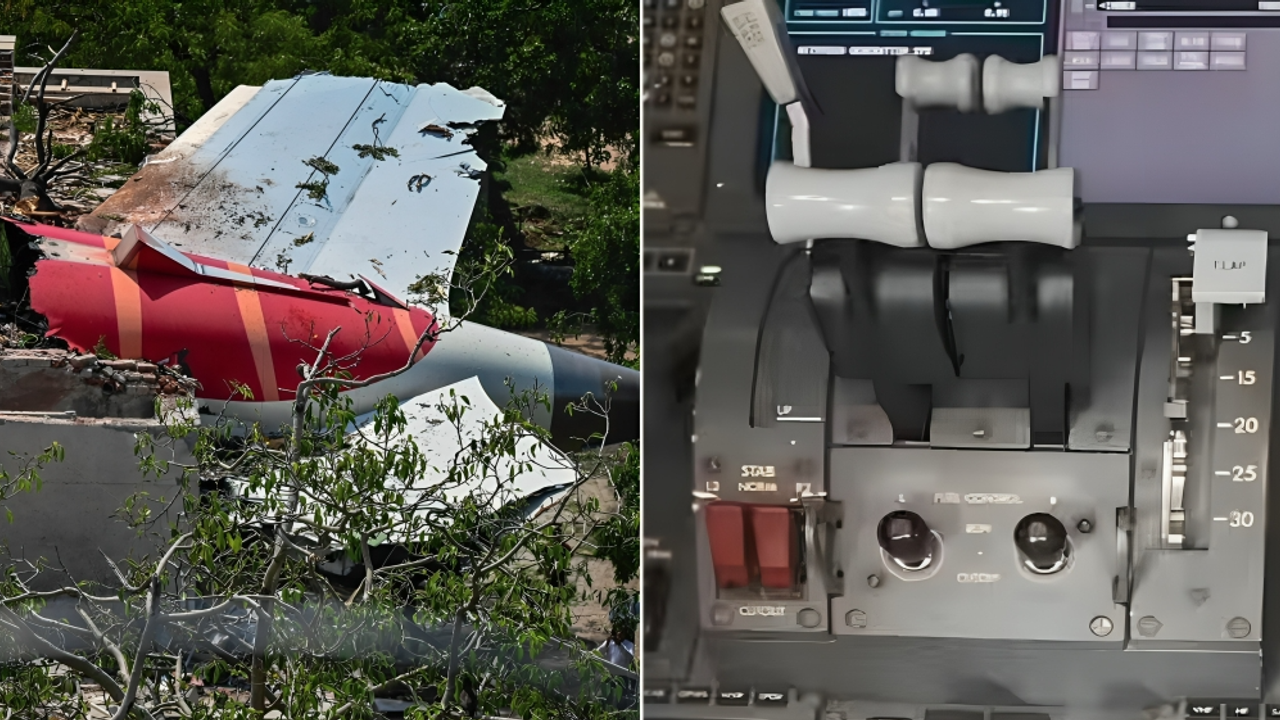The FAA and Boeing say the fuel switch locks on the crashed Air India flight were safe. But India’s probe raised doubts after both engines shut down seconds after takeoff, killing 260 people.
The US Federal Aviation Administration (FAA) and Boeing have said that the fuel switch locking design used in the Air India Boeing 787-8 Dreamliner is safe. This comes after India's Aircraft Accident Investigation Bureau (AAIB) raised concerns in its preliminary report into the June 12 crash of Air India Flight AI171.

In a notification issued to civil aviation bodies on July 11, the FAA stated that it does not consider the fuel switch design an unsafe condition. It added that the locking mechanism is similar across many Boeing aircraft, including the 787, and does not require an Airworthiness Directive.
Boeing also referred to the FAA’s assessment in a message sent to airline operators. Two sources told Reuters that Boeing has not advised any changes to aircraft or operational procedures based on the incident.
What the AAIB probe found
The AAIB's preliminary report questioned whether the engine fuel control switches were accidentally moved to the 'CUTOFF' position moments after takeoff. The report referenced a 2018 FAA advisory, which had recommended airlines inspect these switches for proper locking, although the advice was not mandatory.
Air India had not carried out these inspections, saying the FAA alert was only advisory. Maintenance records also showed that the throttle control module, which includes the fuel switches, was replaced twice, once in 2019 and again in 2023.
The report also stated that the switches are meant to prevent accidental movement, but if triggered, they can immediately shut down the engines.
What are fuel control switches?
Fuel control switches regulate the fuel supply to an aircraft's engines. They are used during takeoff, landing, and emergencies. On the Boeing 787-8, they are located below the thrust levers in the cockpit.
Experts say these switches are designed with locks to avoid accidental shutdowns. However, if they move to the 'CUTOFF' position in flight, the engines can lose power instantly.
Flight data revealed sudden engine shutdown
Flight data showed that just seconds after the plane reached 180 knots speed during takeoff, both engines shut down. The fuel switches were moved from 'RUN' to 'CUTOFF' one after the other, with only a one-second gap between them.
A cockpit voice recording caught one pilot asking, 'Why did you shut off the fuel?' The other pilot responded that he did not. The switches were turned back to 'RUN' 14 seconds later, which started the automatic engine relight sequence, but it was too late.
The aircraft lost thrust, dropped rapidly, and crashed into a nearby building just 32 seconds after takeoff.
260 lives lost in tragic crash
The crash of Air India Flight AI171 occurred shortly after takeoff from Ahmedabad’s Sardar Vallabhbhai Patel International Airport. The aircraft was headed to London Gatwick.
All 260 people onboard died, including 229 passengers, 12 crew members, and 19 people on the ground. A distress 'MAYDAY' call was made, but there was not enough time to save the flight.
The aircraft's backup power system, known as the Ram Air Turbine (RAT), was deployed automatically after both engines failed. CCTV footage confirmed this. There were no signs of bird strikes or external damage.
Pilots' body questions fairness of probe
The Airline Pilots' Association of India (ALPA India) has criticized the AAIB's preliminary report. They said the investigation seems to lean toward blaming the pilots without solid proof.
ALPA India also said the report was released unofficially, without signatures or final review, which makes its credibility doubtful. They have demanded a 'fair, fact-based' investigation and requested to be included in the inquiry process as observers.
Captain Sam Thomas, ALPA India president, said, "There is a reference to a known equipment issue. Yet, the report appears biased toward pilot error. This is unacceptable."
What's next in the investigation?
The full report is still awaited. India's aviation authorities are expected to continue examining all technical, human, and procedural aspects.
The incident has renewed global attention on cockpit design, aircraft maintenance, and safety protocols, especially regarding critical components like fuel control systems.
As of now, the FAA and Boeing maintain that the current design meets safety standards and does not need changes. But families of victims and pilots' unions continue to seek clarity, accountability and justice.


